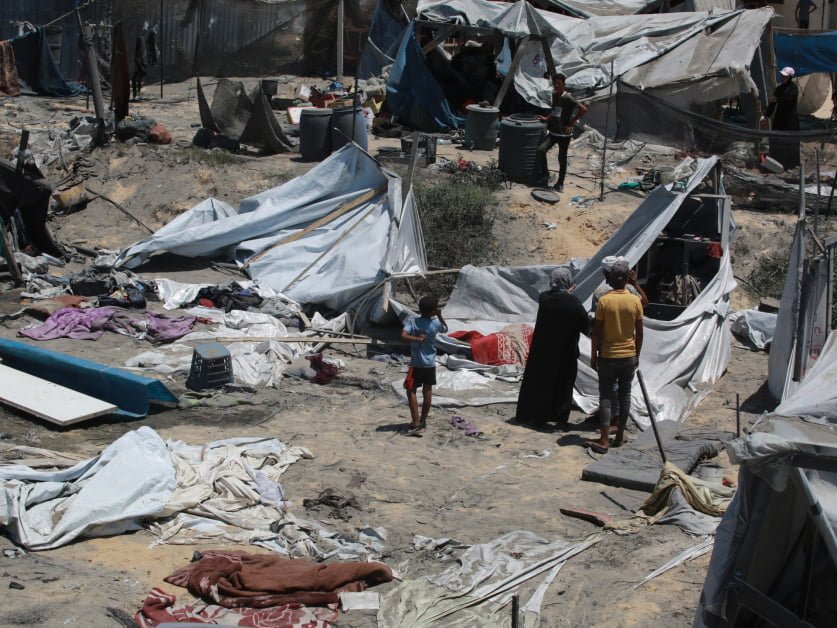Israel has been facing increasing challenges in the field of warfare in recent years, with new technologies and shifting geopolitical landscapes. In response, the country has been working to redefine the rules of engagement and adapt to the evolving battlefield. This article delves into Israel’s innovative approach to modern warfare and the potential implications it holds for the future of conflict resolution.
The Wikipedia page titled “Checklist of Israeli assassinations” sheds light on a significant aspect of Israel’s actions over the years. Starting from July 1956 and spanning 68 years to the present day, the list primarily consists of Palestinians, including key leaders such as Ghassan Kanafani, Khalil Ibrahim al-Wazir (Abu Jihad), Sheikh Ahmed Yassin, and Fathi Shaqaqi. The number of assassinations and attempts by Israel has increased significantly over time, from 14 in the 1970s to over 150 in the first decade of the new millennium and 24 since January 2020.
A recent event that brought attention to Israel’s actions was Israeli Prime Minister Benjamin Netanyahu’s press conference on July 13, where he celebrated Israel’s attempt to eliminate Hamas’s military commander Mohammed Deif in Gaza. This strike resulted in the deaths of at least 90 Palestinians, including women and children, with many more injured. The use of US-made guided bombs in the attack further highlighted the severity of the situation.
While Netanyahu claimed that targeting Hamas commanders sends a message of strength, history shows that such actions have not necessarily weakened the group. Past assassinations of Hamas leaders have often failed to achieve their intended goals and, in some cases, even increased support for the organization. This pattern indicates that these actions are often more about political posturing than strategic gains.
The “Checklist of Israeli assassinations” only scratches the surface, as it fails to account for the civilians killed during these operations. For instance, the recent strike on Deif marked the eighth known attempt on his life, raising questions about the overall human cost of these actions. Comparing Israel’s current assassination policies with past practices during the Second Palestinian Intifada reveals a disturbing trend of increasing civilian casualties.
The evolution of Israel’s tactics in warfare has been marked by two key doctrines: the “no casualties doctrine” and the deliberate targeting of civilian sites to deter Hamas. These strategies have led to mass-casualty attacks that violate international laws of armed conflict, constituting war crimes and crimes against humanity. The shifting interpretations of these laws by Israel’s military lawyers reflect a dangerous trend towards justifying civilian casualties for military gains.
Netanyahu’s approval of the al-Mawasi strike and his focus on minimizing collateral damage underscore Israel’s efforts to reshape the norms of warfare and reinterpret the laws of armed conflict. If successful, these efforts could set a dangerous precedent where genocidal violence is justified under the guise of proportionality. The implications of such actions extend beyond Israel’s borders, potentially destabilizing the entire international legal framework.
Israel’s approach to modern warfare raises critical questions about the ethical and legal boundaries of conflict resolution. By pushing the limits of military action and redefining the rules of engagement, Israel may be setting a dangerous precedent that could have far-reaching consequences for global security and human rights.


